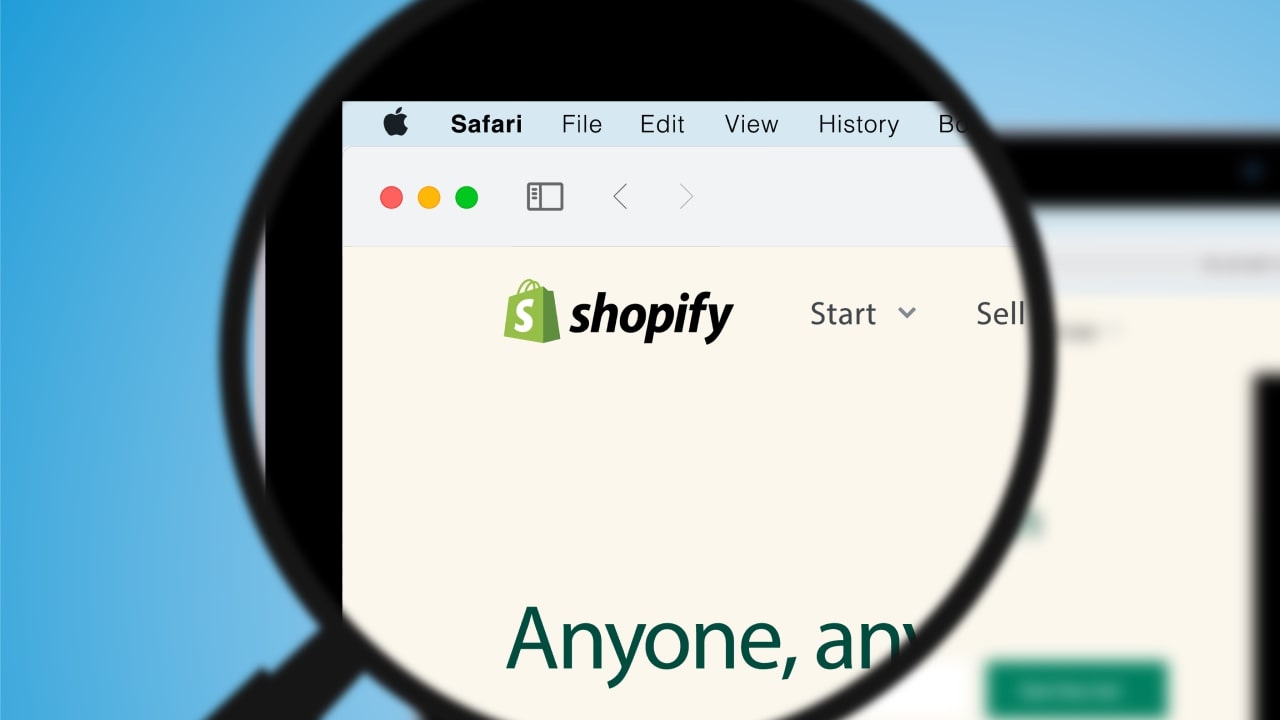
In the bustling landscape of e-commerce, establishing a Shopify store marks just the beginning of your journey toward success. To truly thrive in this competitive arena, you must not only have a stellar product lineup but also drive significant traffic to your virtual storefront. This comprehensive guide is designed to equip you with a plethora of proven techniques to not just attract visitors but convert them into loyal customers, thereby amplifying your sales figures. Let’s delve deep into the intricacies of driving traffic to your Shopify store and bolstering your online presence.
Optimize Your Website for Search Engines (SEO):
Keyword Research:
Delve into meticulous keyword research to unearth the terms and phrases relevant to your products and niche.
On-Page Optimization:
Implement these keywords strategically across your product pages, meta descriptions, and URLs to enhance your website’s visibility.
Technical Optimization:
Ensure your website is optimized for speed, mobile responsiveness, and crawlability, factors critical for search engine rankings.
Content Creation:
Develop high-quality content such as blog posts, tutorials, and product reviews, not only to attract organic traffic but also to establish your authority within your niche.
Utilize Tools:
Leverage the power of SEO apps and plugins to streamline optimization efforts and gain valuable insights into your website’s performance.
Leverage Social Media Marketing:
Platform Selection:
Identify the social media platforms where your target audience congregates the most and establish a presence there.
Content Strategy:
Devise a robust content calendar encompassing diverse content formats like images, videos, and stories to captivate your audience and drive traffic to your Shopify store.
Visual Appeal:
Harness the visual allure of images and videos to showcase your products in an engaging and visually appealing manner.
Influencer Collaboration:
Forge strategic partnerships with influencers and brand ambassadors to amplify your reach and tap into their loyal follower base.
Paid Advertising:
Deploy targeted social media ads to promote your products and special offers, thereby augmenting your visibility and driving traffic to your store.
Implement Email Marketing Campaigns:
List Building:
Incentivize visitors to subscribe to your email list by offering exclusive discounts, freebies, or valuable content.
Segmentation:
Segment your email list based on demographics, preferences, and purchase history to deliver highly personalized and relevant content.
Personalization:
Craft compelling email campaigns with personalized subject lines and tailored content that resonates with your subscribers.
Automation: Automate email sequences for various touchpoints in the customer journey, including welcome emails, abandoned cart reminders, and post-purchase follow-ups.
Performance Tracking:
Monitor key email metrics such as open rates, click-through rates, and conversions to gauge the effectiveness of your campaigns and iterate accordingly.
Invest in Pay-Per-Click (PPC) Advertising:
Platform Selection:
Identify the most suitable PPC platforms such as Google Ads or Facebook Ads based on your target audience and objectives.
Ad Creation:
Create captivating ad copy and visually appealing creatives to entice users and drive clicks to your Shopify store.
Targeting:
Fine-tune your targeting parameters to reach your ideal audience, ensuring your ads are seen by those most likely to convert.
Retargeting:
Implement retargeting campaigns to re-engage users who have previously visited your website but did not make a purchase, thereby maximizing your chances of conversion.
Optimization:
Continuously monitor and optimize your PPC campaigns based on performance data, adjusting bids, targeting settings, and ad creatives to maximize ROI.
Collaborate with Influencers and Affiliates:
Influencer Identification:
Identify influencers and affiliates within your niche whose audience aligns with your target demographic.
Outreach:
Reach out to potential collaborators with personalized partnership proposals or invitations to join your affiliate program.
Incentives:
Offer influencers and affiliates exclusive discounts, commission rates, or affiliate bonuses to incentivize them to promote your products.
Tracking:
Implement robust tracking mechanisms such as unique tracking links or promo codes to attribute traffic and sales generated by influencers and affiliates.
Relationship Building:
Cultivate long-term relationships with top-performing partners, nurturing mutual trust and collaboration opportunities for sustained growth.
Offer Incentives and Discounts:
Promotional Strategies:
Deploy various promotional strategies such as limited-time offers, flash sales, or seasonal promotions to create a sense of urgency and drive traffic to your Shopify store.
Customer Incentives:
Offer discounts to first-time customers or loyalty rewards to incentivize repeat purchases and foster customer loyalty.
Referral Program:
Implement a referral program where customers can earn rewards for referring friends and family to your Shopify store, thereby leveraging the power of word-of-mouth marketing.
Visibility:
Showcase your incentives and discounts prominently on your website and across various marketing channels to maximize their impact and drive conversions.
Performance Analysis:
Analyze the effectiveness of different incentive strategies using metrics such as conversion rates, average order value, and customer acquisition cost, refining your approach based on data-driven insights.
Enhance User Experience and Customer Service:
Website Optimization:
Continuously optimize your website’s navigation, layout, and checkout process to provide a seamless and user-friendly experience for visitors.
Product Presentation:
Provide comprehensive product descriptions, high-quality images, and authentic customer reviews to aid shoppers in their purchasing decisions and build trust.
Payment Options:
Offer a variety of payment options and ensure a secure checkout process to instill confidence in your customers and reduce cart abandonment rates.
Customer Support:
Provide prompt and helpful customer support through channels such as live chat, email, or social media, addressing inquiries and resolving issues promptly.
Social Proof:
Encourage satisfied customers to leave reviews and testimonials, leveraging social proof to enhance credibility and influence purchasing decisions.
Conclusion:
Driving traffic to your Shopify store is not merely a one-time task but an ongoing endeavor that requires a strategic and multifaceted approach. By implementing the strategies outlined in this guide, including search engine optimization, social media marketing, email campaigns, PPC advertising, influencer partnerships, incentives, and excellent customer service, you can effectively attract more visitors, convert them into loyal customers, and ultimately boost your sales. Remember to stay agile, continuously analyze performance metrics, and iterate your strategies based on insights gleaned from data. With perseverance and innovation, your Shopify store can thrive in the competitive e-commerce landscape.


